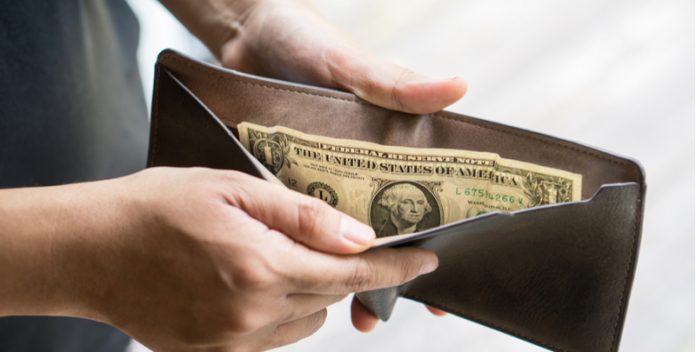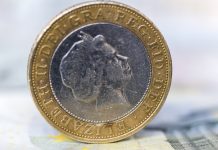The pound traded in a tight range versus the euro for most of the session on Tuesday, as investors digested disappointing data from both sides. The pound euro exchange rate traded from €1.1565 to €1.1600, its highest level in 11 months.
| What do these figures mean? |
|---|
|
When measuring the value of a pair of currencies, one set equals 1 unit and the other shows the current equivalent. As the market moves, the amount will vary from minute to minute. For example, it could be written: 1 GBP = 1.13990 EUR Here, £1 is equivalent to approximately €1.14. This specifically measures the pound’s worth against the euro. If the euro amount increases in this pairing, it’s positive for the pound. Or, if you were looking at it the other way around: 1 EUR = 0.87271 GBP In this example, €1 is equivalent to approximately £0.87. This measures the euro’s worth versus the British pound. If the sterling number gets larger, it’s good news for the euro. |
The pound dropped heavily early on following mixed U.K. jobs data. Unemployment fell as analysts predicted to 4.2%,the lowest level since 1979. However, average earnings remained constant in the three months to February at 2.8%, missing analysts forecasts of an increase of 3%. The pound dropped as the data was weaker than what traders and analyst had been anticipating.
| Why does poor economic data drag on a country’s currency? |
|---|
| Slowing economic indicators point to a slowing economy. Weak economies have weaker currencies because institutions look to reduce investments in countries where growth prospects are low and then transfer money to countries with higher growth prospects. These institutions sell out of their investment and the local currency, thus increasing supply of the currency and pushing down the money’s worth. So, when a country or region has poor economic news, the value of the currency tends to fall. |
Whilst the pound fell on the disappointing number, there was a positive element to the figures; wage growth overtook inflation in February, which was 2.7%. Since January 2017 consumers have been experiencing falling wages in real terms as elevated prices eroded lacklustre wage growth. However, in February wage growth overtaking earnings means that the squeeze on the U.K. consumer is finally ending. A stronger consumer should help support the economy and encourage the Bank of England to hike interest rates in May.
Investors will now turn their attention to inflation data tomorrow. Inflation had been elevated at over 3% over the past five months, falling to 2.7% just as recently as February. Market participants and the BoE alike will be keen to see inflation remaining on the path towards the central banks target of 2%.
German Confidence Freefalls
A worse than expected decline in German investor sentiment kept the euro out of favour in the previous session. The ZEW German economic indicator dropped to -8.2 in April, down from 5.1 in March and significantly worse than the -1 expected by city analysts. This is is lowest level recorded since 2012 when the eurozone was in the midst of the debt crisis.
The decline in confidence comes at a time when concerns are growing that economic growth in the bloc is losing momentum and as concerns grow over a potential trade war with the US could hurt exports from Germany, the powerhouse of Europe.
Eurozone inflation data could create some volatility today, if it comes in lower than the 1.4% that analysts are anticipating. A lower figure could reduce the odds of an interest rate rise from the already cautious European Central Bank.
| Why do raised interest rates boost a currency’s value? |
|---|
| Interest rates are key to understanding exchange rate movements. Those who have large sums of money to invest want the highest return on their investments. Higher interest rate environments tend to offer higher yields. So, if the interest rate or at least the interest rate expectation of a country is relatively higher compared to another, then it attracts more foreign capital investment. Large corporations and investors need local currency to invest. More local currency used then boosts the demand of that currency, pushing the value higher. |
|
This article was initially published on TransferWise.com from the same author. The content at Currency Live is the sole opinion of the authors and in no way reflects the views of TransferWise Inc. |





